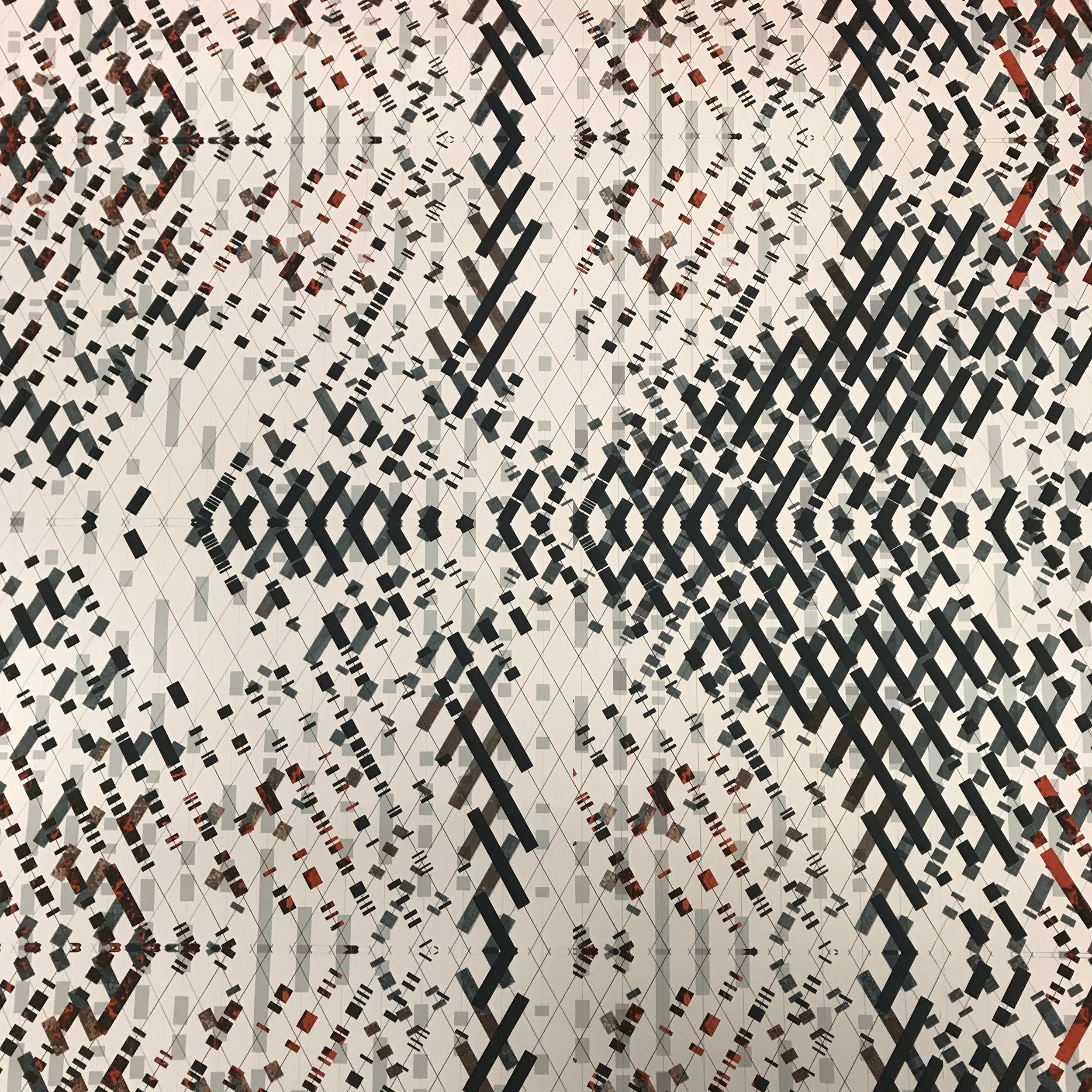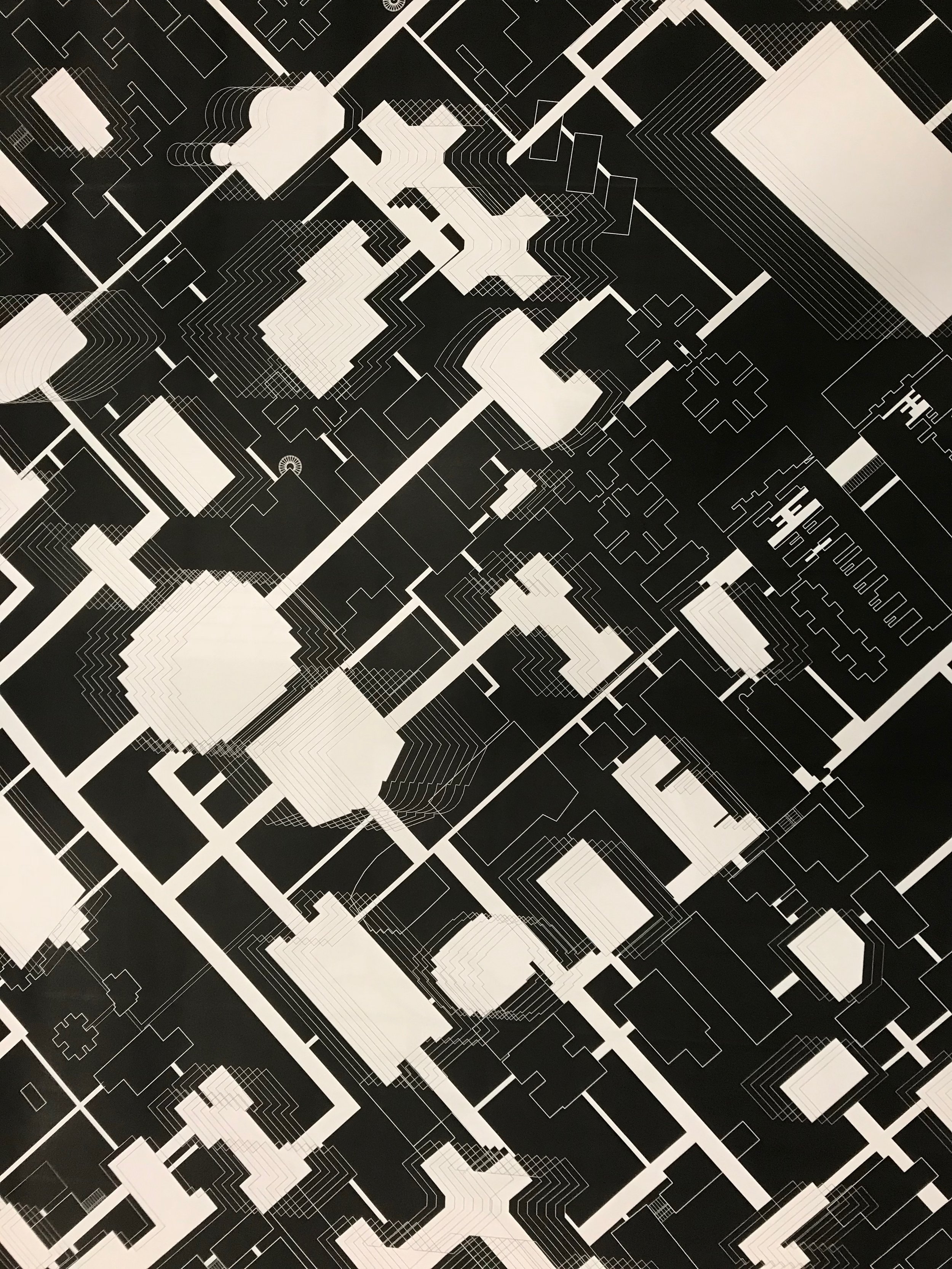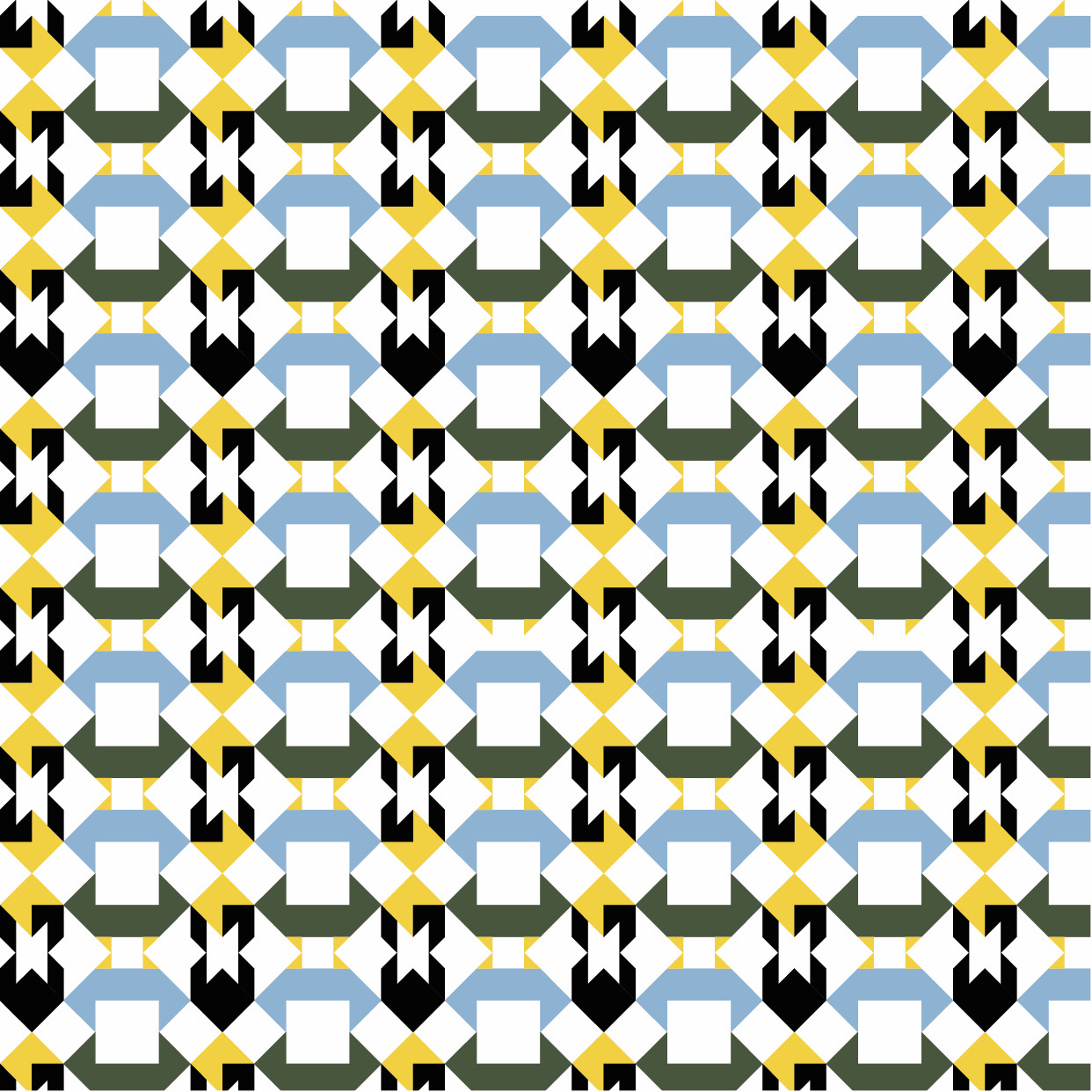MORPHO
Key words
| #morphology | #morphogenetic | #geo-morphic | #topological |
| #inverted-morphology | #cubic | #compression | #interiority |
Framework
Morpho outlines a design research portfolio that emphasises the formal compositions of the urban landscape and larger territories. As its core, it frames a morphological agenda, questioning the various mechanisms that are instrumental for the production of spatial patterns and urban structures. In distinct scales, Morpho activities are driven by analysis of the formative characteristics of territories, including either [a] types of territorial expansion or [b] conditions of spatial compression.
With the expansion of territories, this deliberate shift away from a dependency on urban functionalism raises the question of ‘how things function in relation to the various operational parts’. That is to say, drawing from a biological analogy, it is possible to examine the wings of bees and the wings of flies as ‘functional units for flight’. As a point of origin, Morpho harnesses the traditions of Goethe’s ‘Urpflanze’ (1817) or ‘primal plant’ within the biological sciences to seek out structural similarities, more than the nominal differences as distinctions between species (Steadman 1979). In contrast to the interpretation based purely on ‘functionality’, Morpho acts as a design currency to seek out a more relational perspective for the assessment and projection of propositions of the urban and its specific form. Methodologies of description, focusing on the built environment and its components, are composed around the arrangement and properties of the artefact in general and scales in particular, in an attempt to establish relationships between each singular unit and the larger territorial form (Moudon 2003) or, in an architectural sense, between the architectural typologies and spaces.
The Morpho thesis postulates that urban structures can no longer be comprehended as compositions of buildings and open spaces or as centres and peripheries. In contrast, it advocates for an understanding of urbanisation as a process of structuring the environment through hierarchies of movement and mobility that relate functional units in scalar orders and processes. In other words, urban structures are not clusters of building types or spaces, but collections of hierarchically placed ‘centres’ that cluster around similarly scaled armatures to form new spatial formations, beyond a central or peripheral location.
As a matter of principle, any morphological inquiry attempts to produce a configurative analysis from urban components at first - elements, units and structures (Steadman, op.cit.). Studies have scrutinised the classification and taxa or taxonomic protocols involved in defining ‘types’ through building artefacts. They have also shifted to questions about how new types, constructions or morphogenetic orders emerge or situate themselves in sets of configurations and ordering patterns (cf. Healy, 2006).
Morpho uses the classification principles derived from biology to reframe configurations of territories. It marks a deliberate circumventing of space-to-building dependencies or any such classification depending on space-building types. Such a quest to examine the status of the urban form directly links topological properties of space and thus form to an evolutionary perspective on not only the products of buildings and spaces, but also collections of relational entities and other variables such as movement structures and their respective scales. A bio-urbanism of sorts. This allows for a total reclassification of the territorial patterns and their various types of spatial clustering.
a. Two Lines of Critique
Design research conducted within this framework has addressed two main lines of critique: [a] morphologies of expansion and [b] morphologies of spatial compression.
(a) The morphologies of expansion critique focuses on the morphologies of territories and places. Considering both territory and topography, this critique investigates the shaping of a city as process and product. The investigation centres on the various forms of urban extremes and their processes, actors and consequential spatial laminations in specific geospatial or geopolitical contexts. In their embodiment, each condition represents a specific spatial relationship or spatial topology. The Dutch city and its morphology construct are concerned with the city as a horizontal network city, compressed onto one layer, whereas the Asian landscape grapples with vertical compression and excessiveness as a condition of what is termed ‘volumetric morphologies’. Three subcomponents support morphologies of expansion: [1] territories, [2] topographies and [3] morphologies of inverted spatial states. ‘Network city’ deals with the horizontal distribution of a city, including connectivity and mobility and how they impact the shaping of a city through a network (e.g., research on the Dutch Randstad). As a territorial construct, each topography and spatial embodiment is associated with a network type. ‘Inverted city’ opposes this perspective.
(b) The morphologies of spatial compression focuses on the ‘square foot society’ concept, which theoretically articulates domestic use within the geographic nexus of Hong Kong’s postcolonial and neoliberal landscape. The critique poses larger questions about the standardisation of all forms of ‘lived’ space. First, based on the understanding of how people tactically shape their dwelling spaces, the ‘square foot society’ concept questions domestic lifestyles, spatial engagement, human endeavour, religious practices, forms of public redress and cultural beliefs that are all compressed into a ‘square foot metric’ and set against financial value. Second, the ‘square foot society’ concept seeks to expose how the domestic interior, as a product of an ethnographic context [individual, group and family], reacts against the square-foot norm to ‘co-produce’ [cf. Bruyns & Low, 2011] new habitual types. It seeks to frame the impact of the domestic interior at several levels, especially in terms of social ‘commoning’ [Bruyns, Kosoulas, & Shon, 2015] and new forms of design. Third, the concept critiques the dependency on speculative ‘models’ that set in place normative spatial usage, dwelling policies, housing types and legal aspects that facilitate [rather than counteract] extreme social compression. Finally, the concept aims to reframe the theoretical discourse on territoriality, ownership and tenure in terms of domesticity, thus rearticulating the architectural notions of space within the neoliberal and tactical urban debates.
Other Research Interests
Morphological expression linked to geopolitical and neoliberal forms of development,
Geopolitical conditions related to spatial entities and the contemporary city,
Formal and spatial questions related to rapid forms of urbanisation, spatial militarisation,
Post-segregated spatial landscapes.












